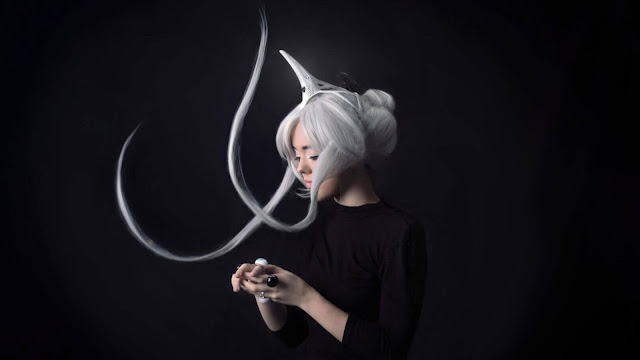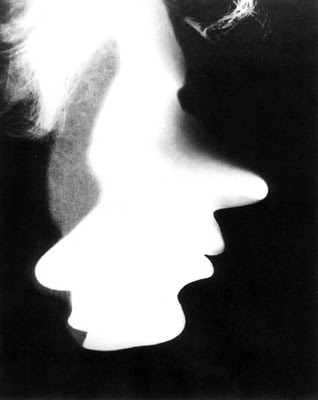WEEK 7 | NEUROLOGY + ART
I always think that neurology is a quite philosophical field since it entangles with perception, thought and aesthetics of the world and that's why it bonds so tightly with arts. I read an interesting blog recently which explores the topic of "Are we perceiving the real life?" Based on current researches, the answer is: No. We are not perceiving the real world, not even close. It is true that the physical world exists but our brain fails to evolve to perceive the real world. The reason is that our brain is never a simple information processor; rather, it contains all the previous knowledge of our ancestors when we were born. Humans are selected to survive but in the meanwhile the way of perceiving the world is constantly changing to optimize the survival rate. Therefore, it is hard to step out of the past to see the authentic present. One research related to this is called "Beauty and the Brain."
The women on the left is from rural area while the women on the right is from urban area. When participants were asked to identify the more attractive one, rural people mostly chose the left one. The reason is that the facial characteristics common to one population is found to be more attractive. The aesthetics has already been shaped by the brain rather than a spontaneous realization.
Art Museum curators also apply the power of neurology to better tailor arts appreciation to brain. They realized that people's aesthetics might be influenced and directed by how easily the brain is tired of the art works. Once the brain is overwhelmed, the amount of time visitors allocate to the exhibition would be largely reduced. Indeed, I used to work at Getty Museum for a while. The way they arrange art works are normally within a smaller and less intimidating studio.
 |
| The women images used in Beauty and Brain study |
 |
| Museum and Neurology |
I am always fascinated by the amount of work our neurological system does even when our body has been turned into sleep mode. The image is about glutamate neurons during REM sleep. They flashed light indicating the viral vectors used have been added. Human's neuron system is like a sleepless city with delicate design which constantly shapes the type of human beings we feel like we are.
Sources:
"Is this the real life? The neuroscience of perception ..." N.p., n.d. Web. 21 May 2017. <http://www.bing.com/cr?IG=D742C23CDBBA463697E5E47278FB7C99&CID=217BF8E691D861561115F26C90DE6082&rd=1&h=6kTHo7B7A7ZqH0Ymg0hAuebYSPPnCaLb7WVa0ymo7fk&v=1&r=http%3a%2f%2fwww.salon.com%2f2017%2f04%2f24%2fis-this-the-real-life-the-neuroscience-of-perception-offers-us-an-answer%2f&p=DevEx,5063.1>.
Staff, Science X. "Beauty and the beholder-familiar faces breed attraction." Medical Xpress - medical research advances and health news. Medical Xpress, 18 May 2017. Web. 21 May 2017. <https://medicalxpress.com/news/2017-05-beauty-beholderfamiliar.html>.
Lorman, Shelby. "How Neuroscience Tailored This Museum for Your Brain." Thrive Global. Thrive Global, 15 Mar. 2017. Web. 21 May 2017. <https://journal.thriveglobal.com/how-neuroscience-tailored-this-museum-for-your-brain-97c3ddc26482>.
"Leading Neuroscientists and Buddhists Agree:." Personal Trainers London Ltd. N.p., n.d. Web. 21 May 2017. <https://personaltrainers.london/best-articles-health-fitness/leading-neuroscientists-buddhists-agree-consciousness-everywhere/>.
ScienceDaily. ScienceDaily, n.d. Web. 22 May 2017. <https://www.sciencedaily.com/releases/2016/11/161129151127.htm>.



Comments
Post a Comment